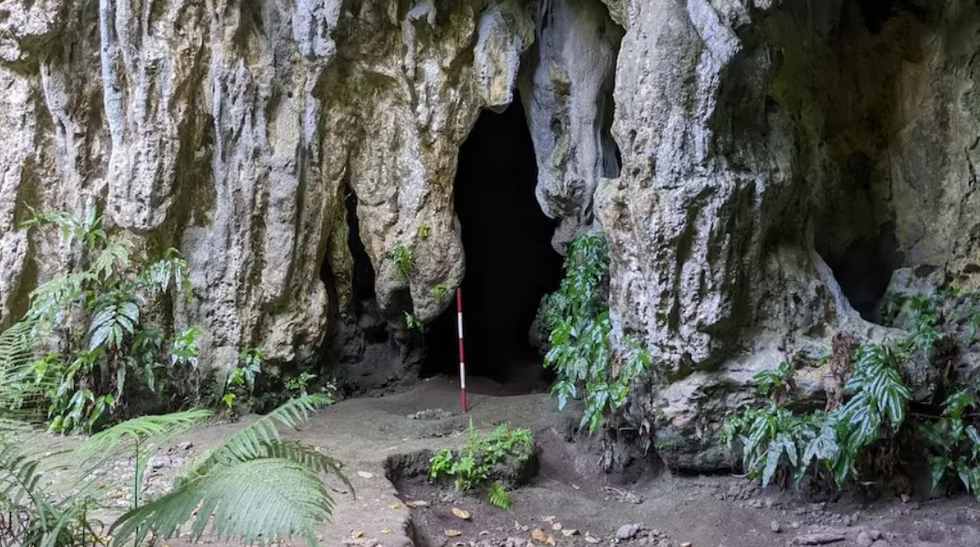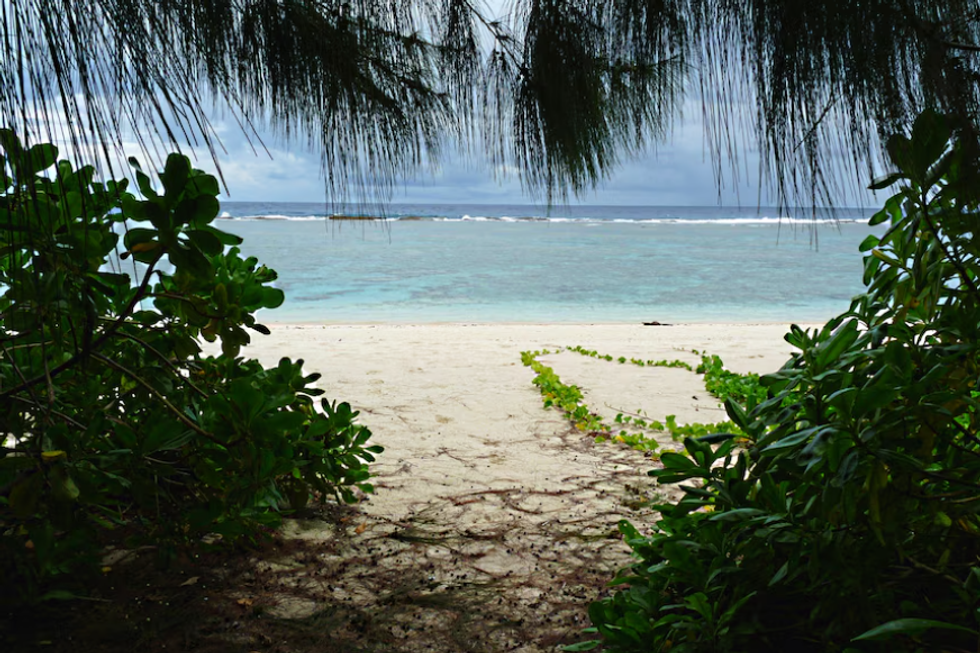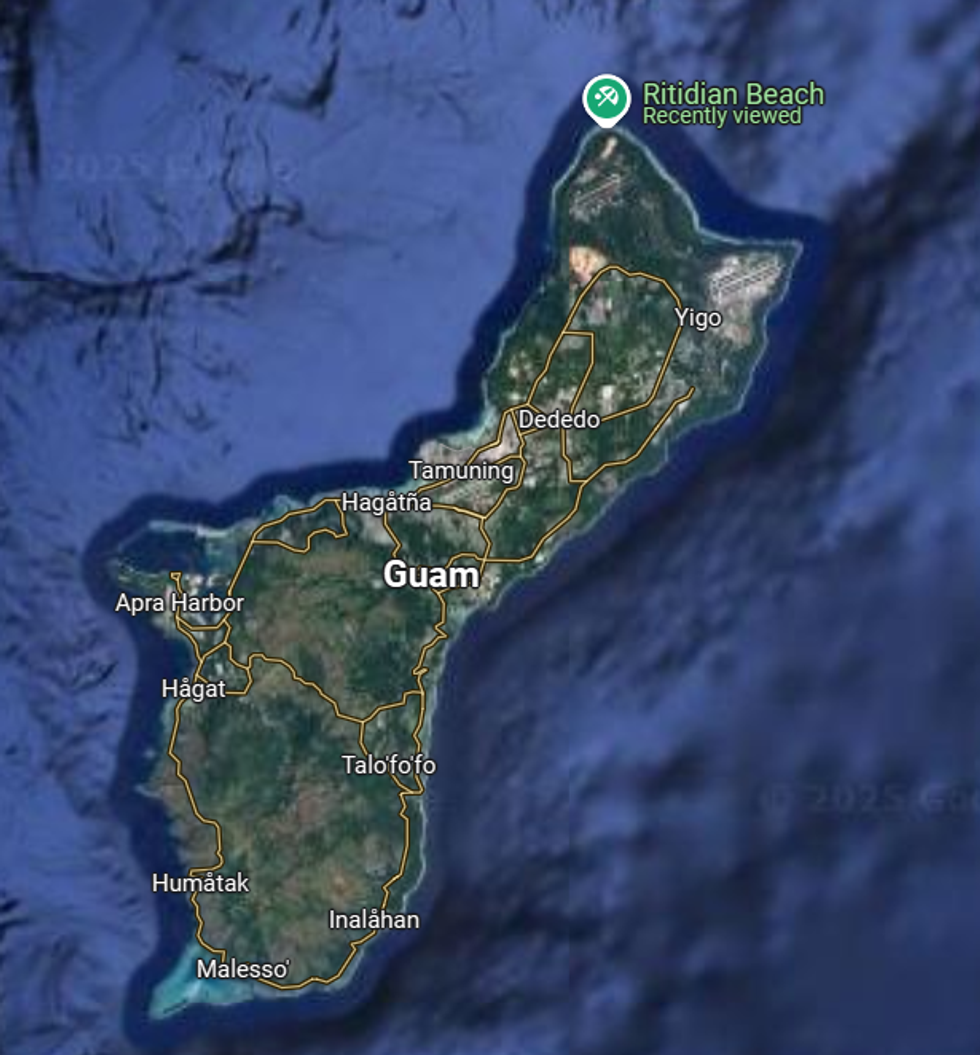Archaeology breakthrough as 3,500-year-old rice discovered in remote region

The rice remains provide new insights into the sophisticated agricultural knowledge possessed by Guam's earliest inhabitants
Don't Miss
Most Read
Archaeologists have uncovered the earliest known evidence of rice in Remote Oceania.
The 3,500-year-old remains were discovered at a site in Guam.
The ancient rice was found at the Ritidian Site Complex, situated at the island's northernmost point.
The groundbreaking discovery has been documented in the journal Science Advances by Michael T. Carson, an archaeology professor at the University of Guam in Mangilao.
The find represents a significant breakthrough in understanding early agricultural practices and human migration patterns in the Pacific region.
The rice remains provide new insights into the sophisticated agricultural knowledge possessed by Guam's earliest inhabitants more than three millennia ago.
The rice remnants were discovered in the form of phytoliths, which Carson described as "like fossils of ancient plant parts" during an interview with Fox News Digital.
He explained that "the original plant materials were filled primarily with silica materials, lasting for thousands of years and preserving the detailed anatomy that can be observed and authenticated through microscope analysis."
LATEST DEVELOPMENTS:

The ancient rice was found at the Ritidian Site Complex
|AUSTRALIAN NATIONAL UNIVERSITY
The phytoliths comprised multiple instances of rice husks and leaves, found exclusively in that particular cave.
Carson explained that "this direct association is extra confident because the phytoliths were 100 per cent absent on other artefacts such as stone and shell tools, as well as 100 per cent absent within the surrounding sedimentary matrix."
Experts believe the rice played a significant role in rituals performed within the cave, which also contained fine pottery, shell pendants and ornaments.
Carson said: "Additionally, the cave included rare rock art and formal burial pits."

The discovery represents a significant breakthrough in understanding early agricultural practices and human migration patterns in the Pacific region
|WIKI COMMONS
He added: "The discarded shell remains here included different kinds of shellfish than otherwise comprised the majority of the daily shellfish diet."
The presence of rice appears unique to this particular cave, suggesting it served a "highly specialised" cultural role, according to Carson.
This exclusivity reinforces the theory that the site held special ceremonial or religious significance for the ancient inhabitants of Guam.
The rice must have been transported by Guam's first settlers over 3,500 years ago, Carson said.

Guam is located in the Pacific
|He added: "These people traveled across 2,300 km of open ocean, setting a world record [for] long-distance ocean migration at the time.
"Among their accomplishments, they managed to transport and maintain the rice until they planted and produced successful crops in their new remote-distance island home."
Researcher Hsiao-chun Hung from Australian National University suggested the rice was likely prepared away from the cave site.
He explained: "People probably cooked the rice elsewhere, away from the cave, as grain processing and cooking undoubtedly would have left behind other traces."











